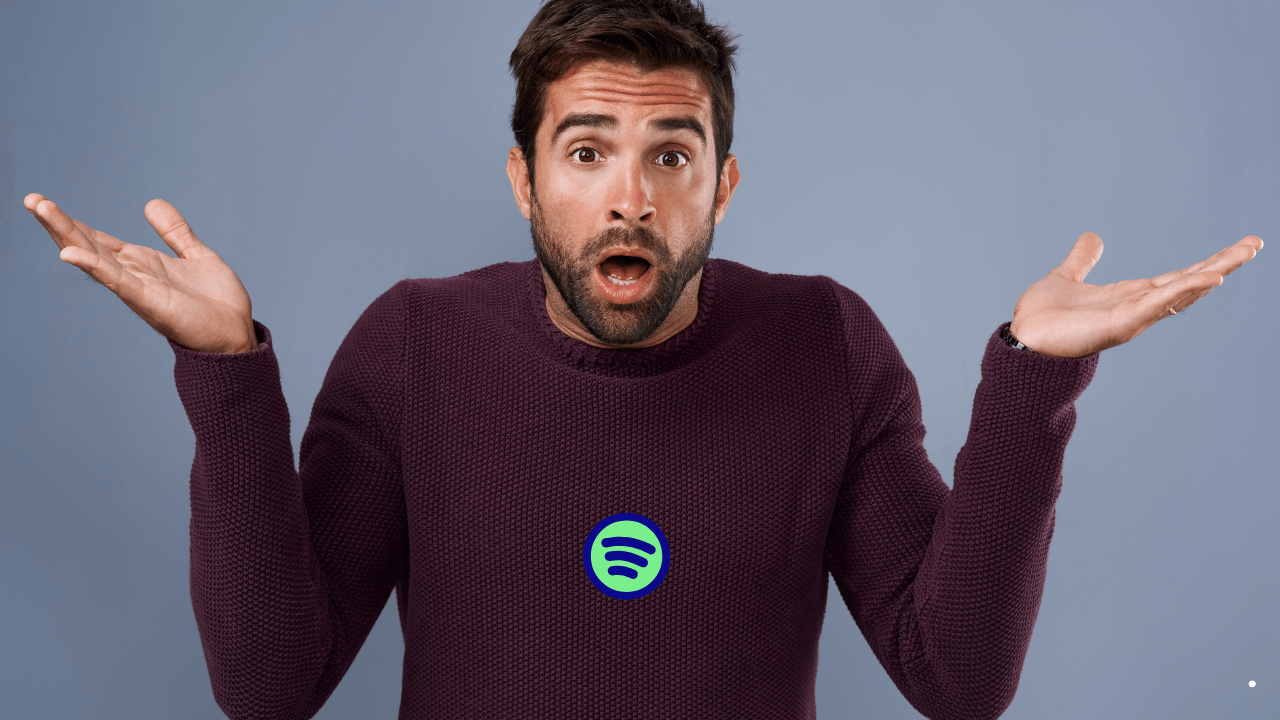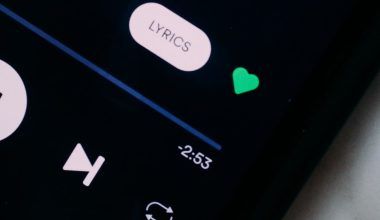If you’re a Spotify user, you may have noticed the small “E” label next to some songs or albums. But what does E mean in Spotify? This label stands for “Explicit” and indicates that the track contains language or themes unsuitable for certain audiences.
In this blog, we’ll explore the meaning of “E” in Spotify, its importance, and how it impacts your listening experience. Whether you’re a parent, a music enthusiast, or someone curious about streaming platform features, this guide has you covered.
What Does E Mean in Spotify?
The “E” label in Spotify signifies that the song or album contains explicit content. Explicit content includes:
- Profane or offensive language.
- References to drugs, violence, or sexual themes.
- Mature or controversial topics.
This label is part of Spotify’s efforts to inform listeners about the nature of the content before they hit play.
Why Does Spotify Use the “E” Label?
Spotify, like other streaming platforms, strives to create a safe and enjoyable experience for all users. The “E” label helps:
1. Inform Listeners
Listeners can make informed decisions about what they want to hear.
2. Support Parental Control
Parents can use the label to restrict explicit content for younger listeners.
3. Maintain Transparency
Artists and record labels disclose the nature of their content, ensuring clarity.
How Does Spotify Identify Explicit Content?
Spotify relies on record labels and artists to mark songs as explicit during the upload process. While Spotify does not actively screen all content, it uses the following methods:
- Artist or Label Declaration
Creators mark their tracks as explicit when uploading to the platform. - Community Reporting
Spotify users can report tracks they believe contain explicit material but lack the “E” label. - Internal Review
Spotify occasionally reviews flagged content for accuracy.
Managing Explicit Content on Spotify
If you want to control your exposure to explicit content, Spotify offers tools to customize your listening experience.
1. Enable Explicit Content Filter
- Go to Settings.
- Toggle the Allow Explicit Content option on or off.
2. Set Up Spotify Kids
For younger audiences, Spotify Kids provides a curated selection of family-friendly songs.
3. Create Clean Playlists
Look for “clean” or radio-edit versions of tracks to enjoy songs without explicit content.
Importance of the “E” Label for Artists and Listeners
For Artists:
- Transparency: Allows them to express creativity while informing listeners about mature content.
- Target Audience: Helps artists connect with the right demographic.
For Listeners:
- Choice: Offers the option to avoid content they find offensive.
- Awareness: Alerts them to mature themes or strong language.
Common Misconceptions About the “E” Label
1. Not Every Song with Mature Themes is Explicit
Some tracks may discuss mature topics without using profanity, and these are not always labeled as explicit.
2. The Absence of “E” Doesn’t Guarantee Clean Content
Occasionally, explicit songs might be mislabeled or not labeled at all.
3. Explicit Labels Vary Across Regions
Cultural differences influence what is considered explicit in different countries.
Popular Genres with Explicit Content
Explicit content is more prevalent in certain genres due to their themes and styles:
1. Hip-Hop and Rap
Known for its raw storytelling, this genre often includes strong language.
2. Rock and Metal
Lyrics in these genres may explore dark or controversial themes.
3. Pop
Modern pop songs occasionally feature explicit content, especially in lyrics targeting adult audiences.
4. Electronic Dance Music (EDM)
While less common, some EDM tracks include explicit lyrics or themes.
How the “E” Label Impacts Spotify Usage
1. User Experience
Allows users to curate playlists that match their preferences.
2. Algorithm Recommendations
Spotify considers explicit labels when personalizing playlists like Discover Weekly or Daily Mix.
3. Marketing and Reach
Songs with an “E” label may face limitations in radio play or family-friendly playlists.
Pros and Cons of the “E” Label
Pros:
- Helps listeners avoid offensive content.
- Encourages transparency in the music industry.
- Supports parental control for younger users.
Cons:
- May limit exposure for artists targeting broader audiences.
- Risk of mislabeling content as explicit or clean.
How to Identify Clean Versions of Explicit Songs
Many artists release “clean” or radio-edit versions of their tracks. To find these:
- Search for the song title followed by “clean version.”
- Check playlists labeled “Clean Hits” or “Family-Friendly Songs.”
- Explore curated playlists specifically designed for younger audiences.
The Future of Explicit Content Labels in Music
As music evolves, so does the way we categorize and label it. Future trends may include:
- AI Detection
Advanced algorithms could automatically identify explicit content in lyrics. - Dynamic Filters
Users may gain the ability to customize filters based on specific themes or words. - Global Standardization
Efforts to align explicit content guidelines across regions for consistency.
Conclusion: Understanding “E” in Spotify
So, what does E mean in Spotify? It’s a simple yet essential label indicating explicit content, empowering listeners to make informed choices. Whether you’re a parent ensuring a safe listening environment or a music fan curating your perfect playlist, the “E” label adds value to your streaming experience.
For further reading, explore these related articles:
- Discovering Spotify Top Songs: A Musical Journey
- How to Create a Podcast on Spotify: The Ultimate Guide
For additional resources on music marketing and distribution, visit Deliver My Tune.






